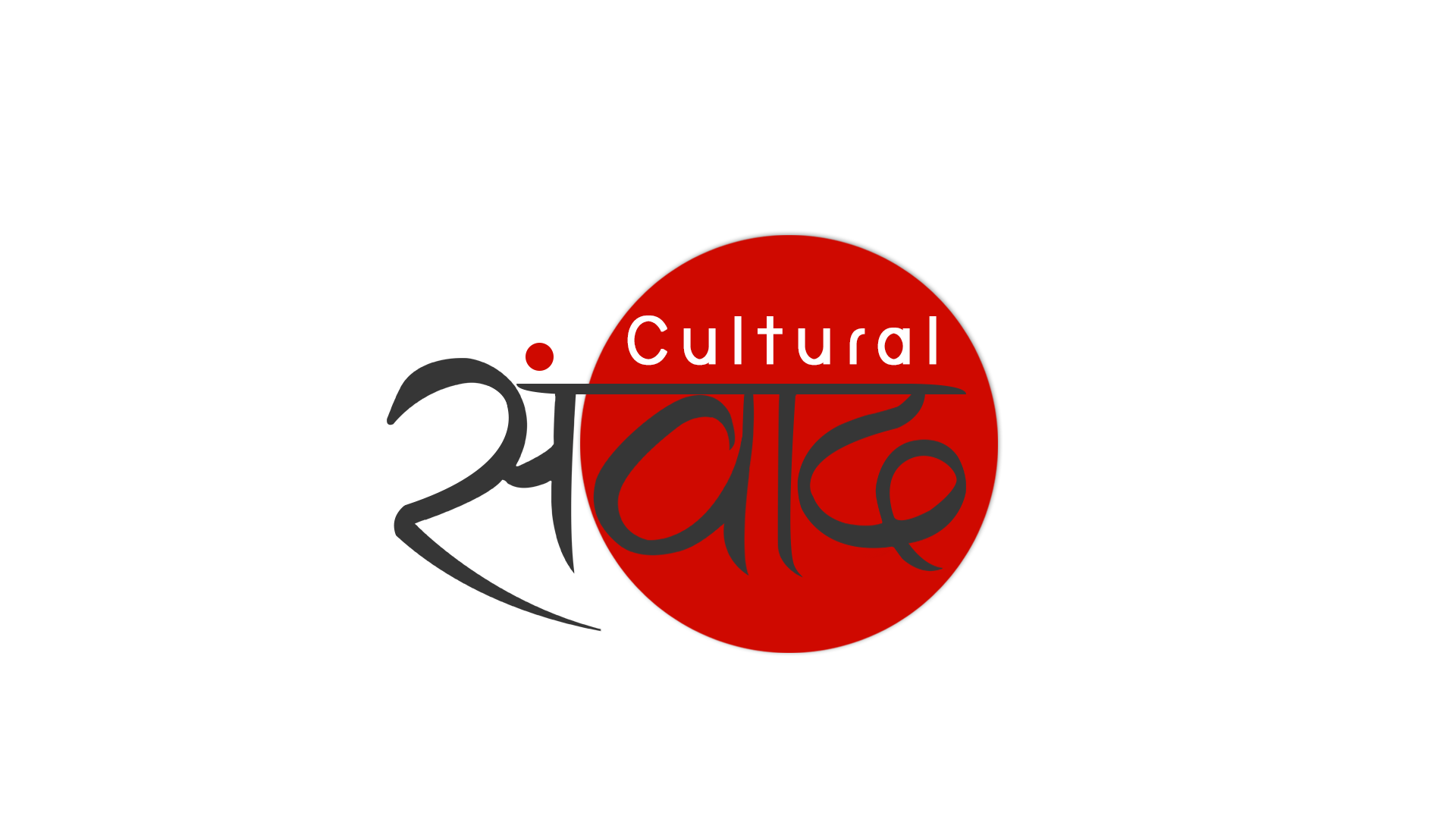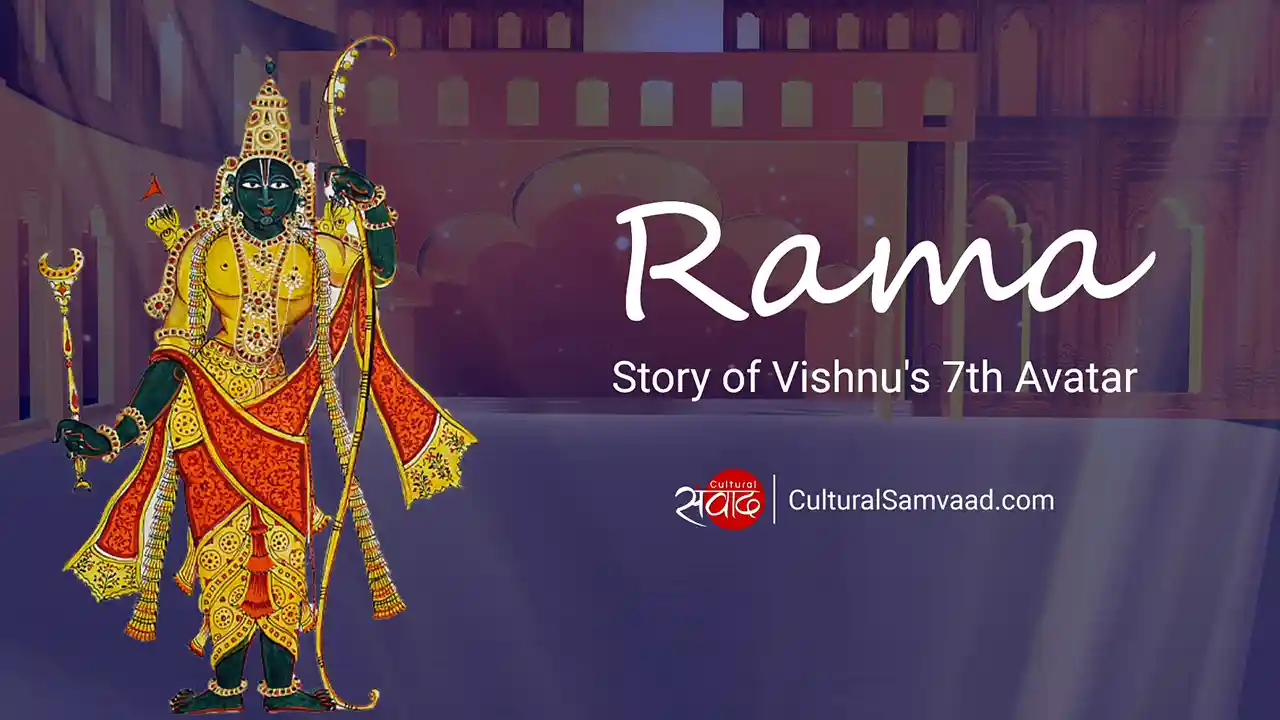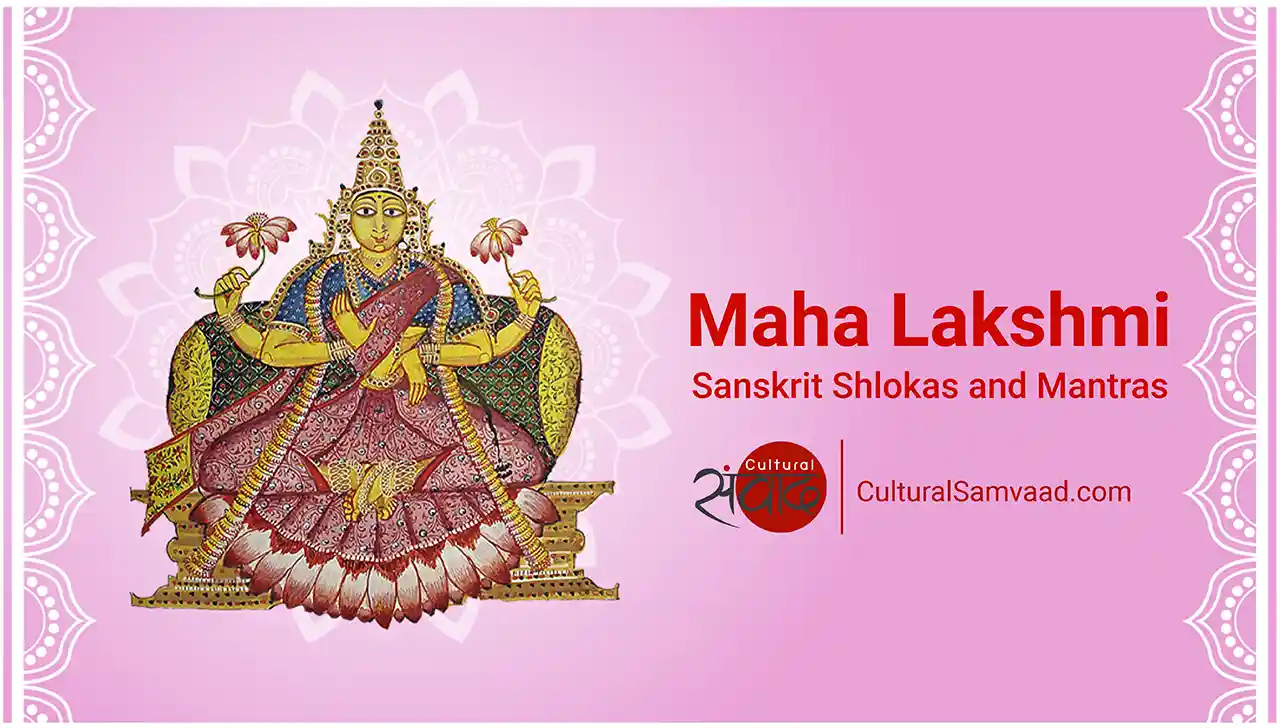The Bhagavad Gita is an infinite ocean of wisdom. However, this incomprehensible vastness is not daunting but beckons and gently nudges one to take a dip in its sublime waters. Every time one takes a dip in this ocean, there are exquisite gems galore for the taking. A handful of those gems have become a part of our daily discourse. And yet I struggle with them – with their import and with their bearing on the principles of my conduct and my being. This is a note on my personal reflections on some of those timeless gems which I found particularly relevant for life in general and leaders in specific.
On Permanence and On Change
वासांसि जीर्णानि यथा विहाय
नवानि गृह्णाति नरोऽपराणि ।
तथा शरीराणि विहाय जीर्णा-
न्यन्यानि संयाति नवानि देही ॥ 2.22 ॥
नैनं छिन्दन्ति शस्त्राणि नैनं दहति पावकः ।
न चैनं क्लेदयन्त्यापो न शोषयति मारुतः ॥ 2.23 ॥
Loosely paraphrased:
Just as human beings shed their old and worn-out clothes and don new attire, the atma (also referred to as dehi or soul) sheds an old and worn-out body to don a new body. | 2.22. |
The atma cannot be shattered by weapons, it cannot be burnt by fires, it cannot be drenched by the waters and it cannot be rendered dry by the winds. | 2.23.|
The atma is the core of our being. It dons different material forms during the course of its journey through material worlds. These forms are susceptible to natural and worldly forces. These forms change for movement to happen. If the forms do not change, there will be no movement. The essence, the core does not change and is unshakeable. We die only to be reborn.
But how do I differentiate the constant from the variable, how do I cast off the paraphernalia and keep the core intact? And why should I cast off that which is so dear to me; that idea, that product, that prized possession; that trait…these are all elements of my definition of myself, my organization, my life. Why cannot we move ahead without discarding?
How do I let go of that beloved human, animal or plant that was my constant companion? Can that companion be forever, if I am not forever? But I am forever and so is my companion. So what is forever? That is the struggle of our being as leaders and followers. These shlokas provide the answers but realizing the answers is a journey and a process. They allow us to begin the journey.
On the Possibility of Descent and On the Possibility of Ascent
यदा यदा हि धर्मस्य ग्लानिर्भवति भारत ।
अभ्युत्थानमधर्मस्य तदात्मानं सृजाम्यहम् ॥ 4.7॥
परित्राणाय साधूनां विनाशाय च दुष्कृताम् ।
धर्मसंस्थापनार्थाय सम्भवामि युगे युगे ॥ 4.8 ॥
Loosely paraphrased;
Whenever Dharma starts fading into oblivion and Adharma increases, I manifest myself (the formless assumes form –an avataar of the Supreme takes birth). |4.7.|
I take birth in every age to protect the virtuous, to annihilate the evil-doers and to establish (and re-establish) Dharma. |4.8.|
Dharma is a multi-layered, multi-faceted concept and is one of the four goals or purusharthas of human existence (as per traditional belief). For the limited purposes of this note, Dharma can be interpreted as that which is right, is virtuous, is just and is not evil. It is that which helps in maintaining order.That the incomprehensible becomes comprehensible (at least partly) in the form of an avataar to intervene in the affairs of living beings, is a belief that is core to many faiths. This possibility of descent of the Divine helps keep our faith even when there is an onslaught on faith itself.
Avataars manifest in every age, but the affairs of beings require constant intervention for the maintenance of Dharma. Somewhere this constant intervention implies that there is also a possibility of ascent, of the ascent of normal mortals to leaders, leaders with goals as set out by the Divine. Somewhere these words also lay down standards for judging our motives and actions as leaders and leaders to be. Somewhere they define what the ascent of human beings can be.
Read the Most Important Shlokas of Bhagavad Gita
On Actions and On Results
कर्मण्येवाधिकारस्ते मा फलेषु कदाचन ।
मा कर्मफलहेतुर्भूर्मा ते संगोऽस्त्वकर्मणि ॥ 2.47 ॥
Loosely paraphrased:
You only have a right to action (karma) and not to the fruits of your karma. Do not become a person who constantly meditates upon (gets attached to) the results of one’s karma. Also do not get attached to inactivity (no karma). |2.47|
This is arguably the most often quoted shloka from the Gita. It is also the most difficult to realize and put into practice. I do not have an option but to act. Every individual has to act in accordance with her own Dharma (svadharma). My Dharma may be different from your Dharma as it is a combination of a multitude of external and internal factors. But it does not end here. I cannot covet the results of my actions for they belong only to the Divine.
Shedding of attachment to the fruits of one’s labour has a far greater purport. One has to shed attachment to the act itself and for that one has to shed the attachment to the concept of being ‘one’ as different from the Divine or the cosmos. The ‘my’ has to disappear. The day this happens, the atma probably finds release. I am not there yet.
But to get there, there is a path. Probably the first step on the path is to act even if the righteous end goal is not certain or not feasible. Karma is a worthy goal in itself. The consequences will be determined by unknown variables and/or based on variables which cannot be influenced by the doer. The mango tree has to be planted (and planted with care and cared for) irrespective of whether its mangoes will bring joy to the person who plants it and also irrespective of whether it will bear mangoes or not.
The note above is neither comprehensive nor definitive by any stretch of imagination. Mere mortals like me cannot traverse this ocean in a lifetime. This just serves as a reminder of the vast expanse of knowledge that lies ahead and has been expounded upon by scholars for over a millennia. Hope you enjoy wading into those endless waters and find the relevance of the Gita in your day-to-day existence.
Author’s Note: All shloka numbers above follow the standard notation of Chapter.Shloka. Transliterations in the Roman script are commonly available. Have suggested a few commentaries that I found very interesting.
1. Aurobindo, Sri (2014), The Bhagawad Gita, Jhunjhunu: Sri Aurobindo Divine Life Trust.
2. Gambhirananda, Swami (1997), Bhagavadgītā: With the commentary of Śaṅkarācārya, Calcutta: Advaita Ashrama.
3. Prabhupada, Swami (1998), Bhagavadgītā As It Is, Bhaktivedanta Book Trust.
4. Satwalekar, Damodar (2008), Srimad Bhagavadgītā (Purusharth Prabodhini), Pardi: Swadhyaya Mandal.






Congratulations for excellent task being performed.Regards🌹🌹🙏🙏❤️❤️